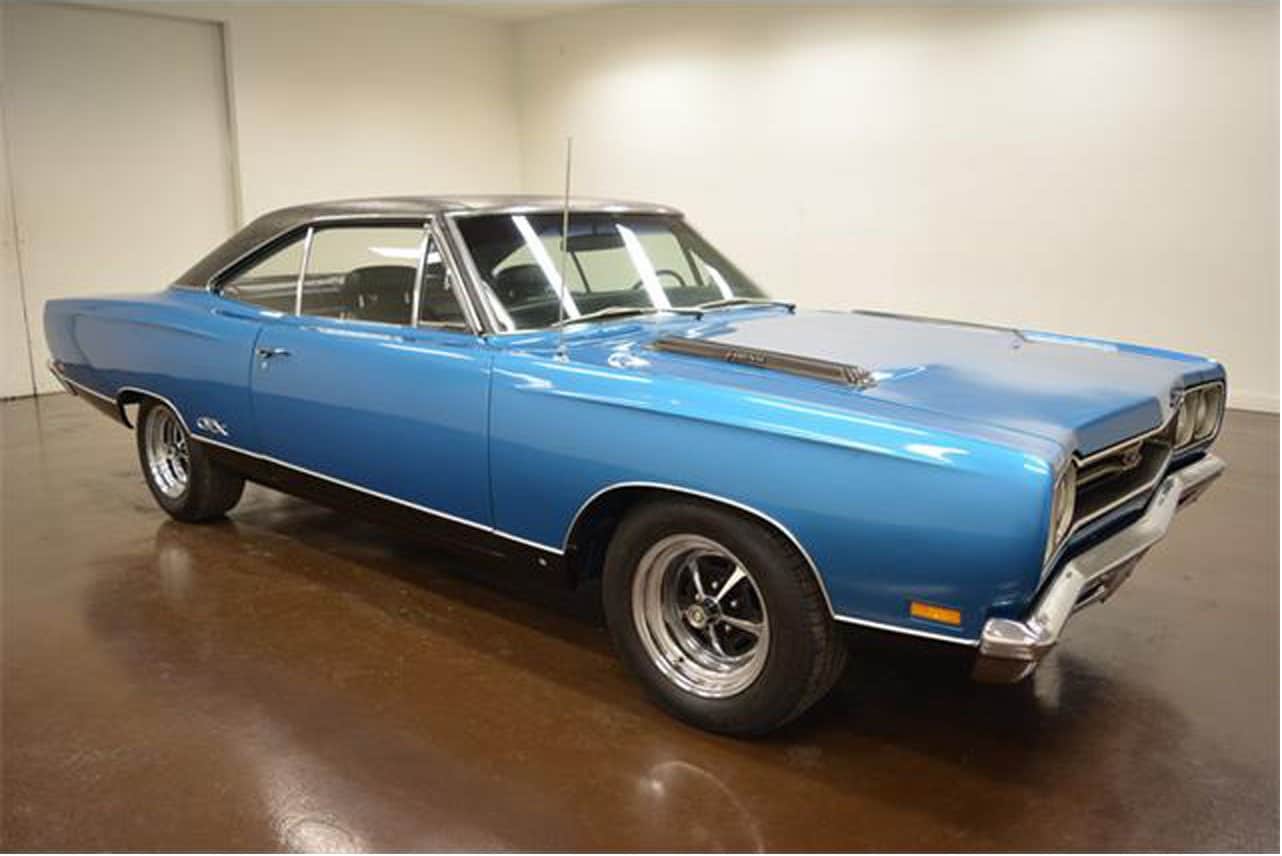
“The name of the game this year is ‘sport.’” 1969 Plymouth sales brochure
- The GTX received a slightly revised front and rear end this year to distinguish it from 1968 models.
- A second version of the 440 engine introduced in the middle of the year boosted horsepower to 390.
- A Hurst shifter was made available as an option.
Muscle Car Specifications
After seeing sales for the GTX improve for 1968 over the car’s initial 1967 production year, Plymouth left the car basically the same for the 1969 model year. But instead of following the trend, sales dropped in 1969 from 1968, and this may have had more to do with what was happening elsewhere at Plymouth than it did with the GTX itself.
The GTX is based on Plymouth’s mid-sized Belvedere line, and was the top level performance and trim level for that line when it was introduced. But in 1968, the Road Runner was introduced, which was also based on the Belvedere and was essentially a stripped down car that was still aimed at inexpensive performance, though it did not come with as much standard power as the Belvedere.
The Road Runner didn’t seem to hurt GTX sales significantly in 1968, probably at least in part due to the fact that the car was only offered as a pillared coupe, while the GTX was available as a Hardtop or a Convertible. Those last two options, however, were offered to Road Runner buyers in 1969 and sales of the model soared – there were 48,549 Hardtop Road Runners produced alone, out of 84,420 total. The lowest priced GTX started at $3,416, while the Road Runner Hardtop was only $3,083. It seemed the added performance and luxury wasn’t worth it to the majority of Plymouth buyers.
With that said, the 1969 GTX was still a great, if underappreciated, car. Though it was basically a carry over from the year before, 1968 had some great things to carry over. Standard was a 4-barrel 440 CID Super Commando V8 that produced 375 horsepower. The aforementioned modified 440 motor used three 2-barrel carbs to add the extra horsepower. Perhaps best of all, it only a $119 upgrade. This was compared to the $700 it took to upgrade the car to include the 426 CID Hemi V8, which brought horsepower up to 425. Only 209 GTXs were ordered with the latter option.
Inside, the GTX offered the top trim of any car based on the Belvedere. This included simulated wood-grain on the door and instrument panels and all-vinyl bucket seats.
Total production for the model year was at 15,602, which was down from 18,940 the year before. It would continue to fall in 1970.
Hardtop
The vast majority of GTX’s manufactured throughout the year were Hardtop models – 14,902 were produced.
Convertible
Only 700 convertible GTX models were produced throughout the production year. These carried the highest base price of any car based on the Belvedere at $3,635.
Muscle Car Competition
Plymouth always seemed to be overshadowed when it came to cars designed for performance, though that is not to say there hadn’t been some extremely powerful Plymouth’s in the past. But most of those were options, and when it comes to what we now considered the heyday of the muscle and pony car genres – the late 1960s and early 1970s – Plymouth couldn’t catch a break.
The company had introduced the Barracuda as the very first of the class that would soon become known as pony cars. But it was the Mustang, released two weeks after the Barracuda in 1964, that caught the imagination of America’s drivers and lent the class its name. In the GTX’s case, it not only had to compete with other car companies producing muscle cars at the time, but also with other Plymouths.
Engine Specifications
| Type | Size | Carb | Horse Power | Tourqe |
|---|---|---|---|---|
| 426 Hemi | 426ci | 2x4bbl | 425 hp @ 5000 rpm | 490 lb-ft @ 4000 rpm |
| 440 | 440ci | 1x4bbl | 375 hp @ 4600 rpm | 480 lb-ft @ 3200 rpm |
Performance Statistics
| 0 to 60 mph | Quarter Mile | Engine | Source |
|---|---|---|---|
| 5.8 sec | 13.7 sec @ 102.8 mph | 440ci/375hp | Motor Trend 1/69 |
My Favorite Year
Of all the different GTX’s, this is my favorite year. The lines were still clean and the car was still a dominant performer. It had all the things I like about muscle cars and that comes down to no nonsense performance. Let everyone else have the crazy color schemes and other gimmicks.

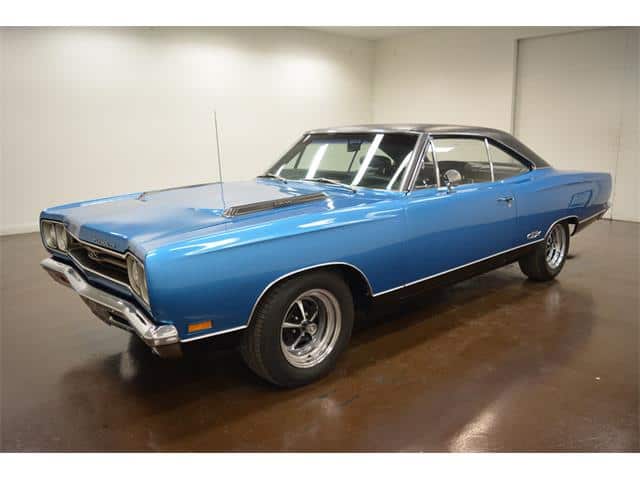
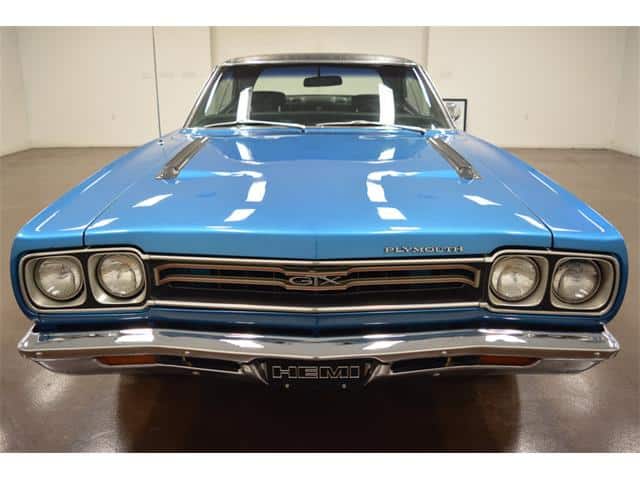
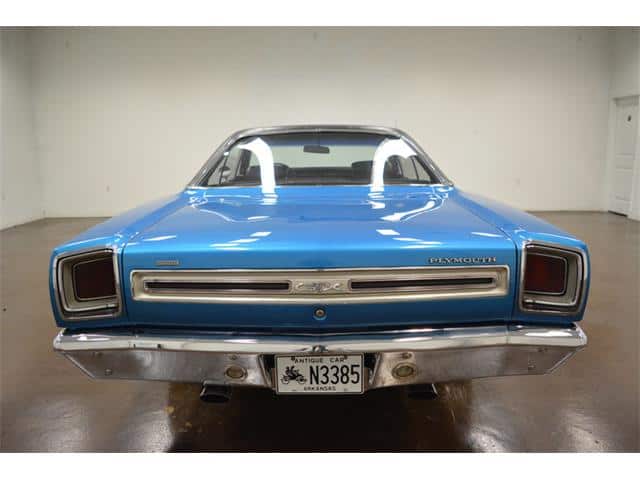
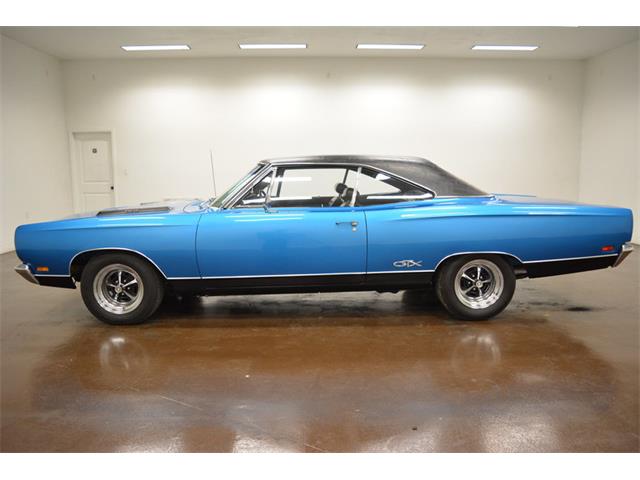
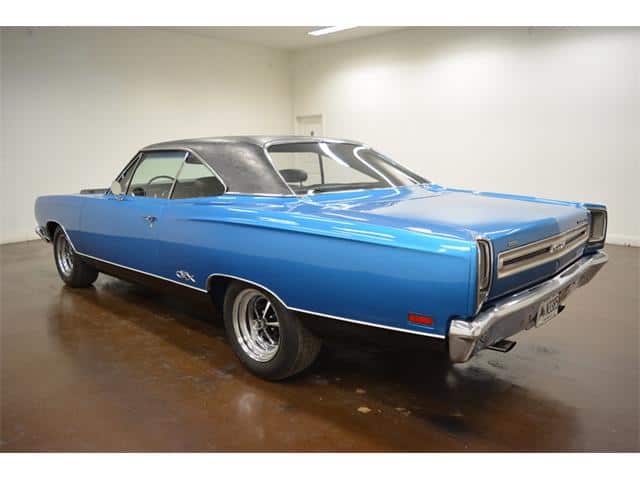
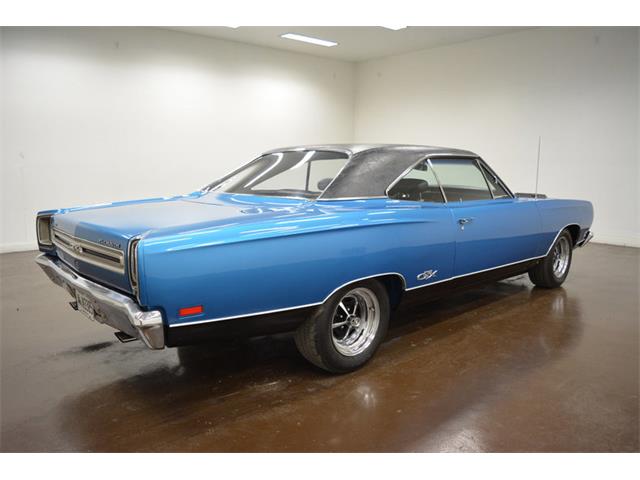
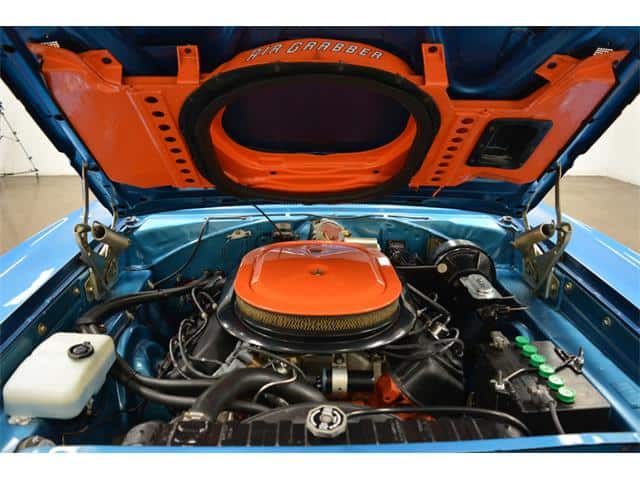
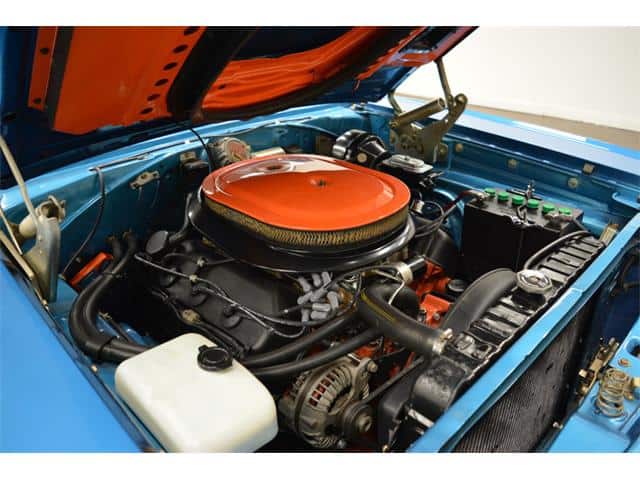
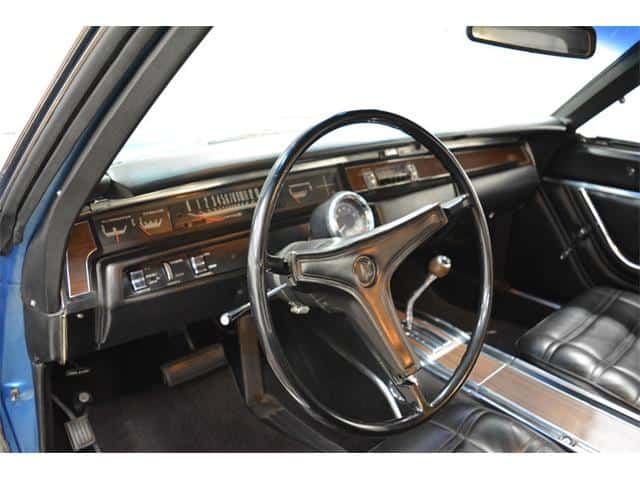
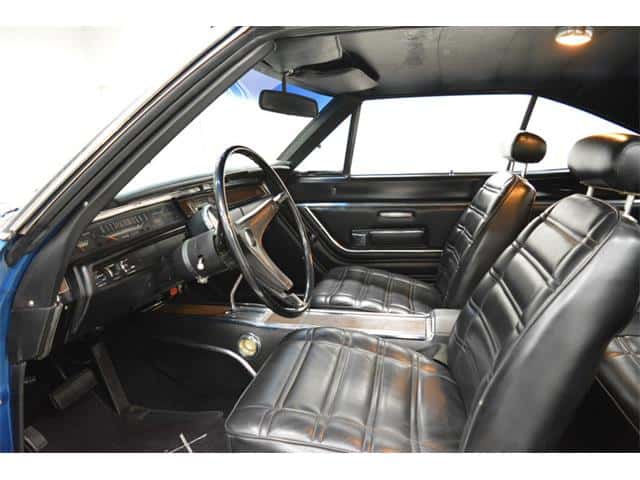
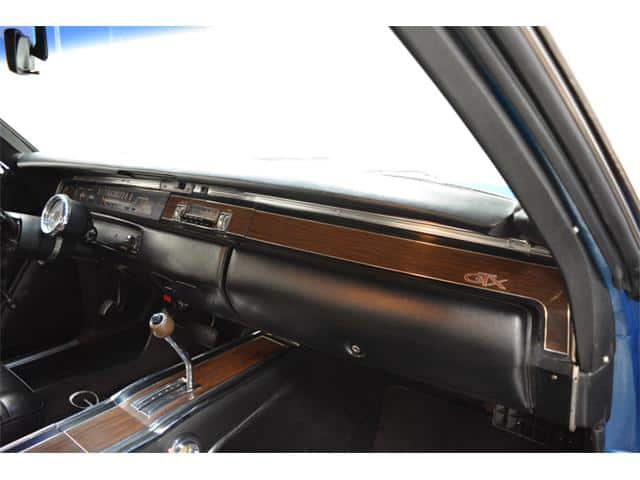
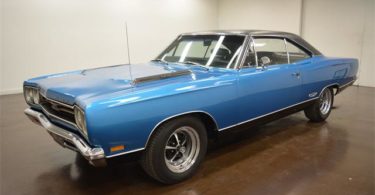
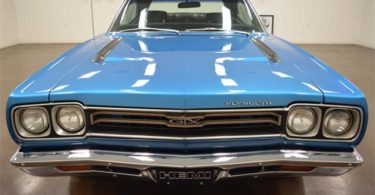
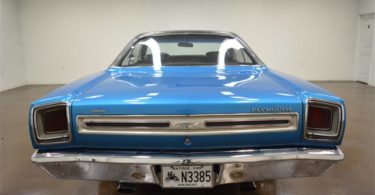
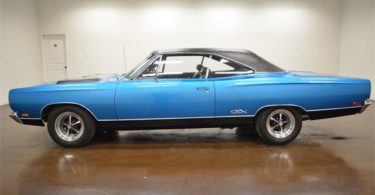
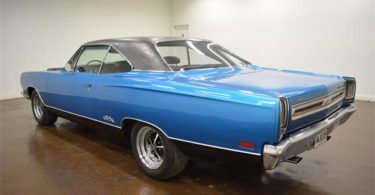
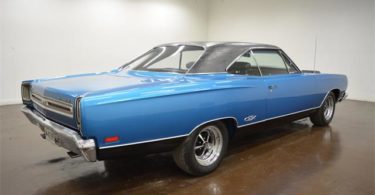
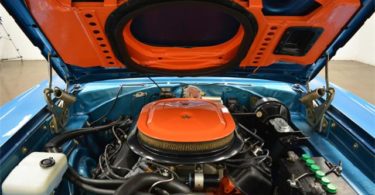
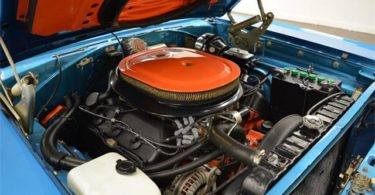
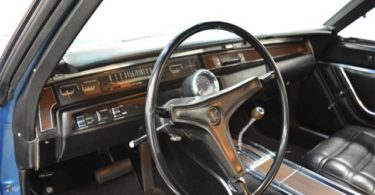
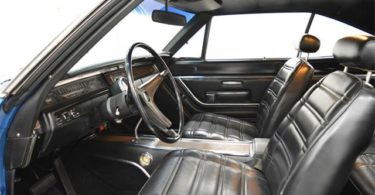
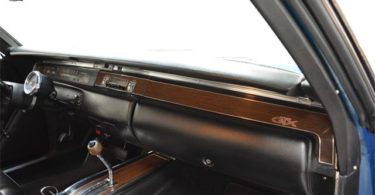

how many 69 gtx hemi automatic were made and what were the shifter options
Plymouth produced 98 with an automatic, and 98 with a 4-speed. The shifter was a console-mounted chromed shifter. If you’re wondering about the pistol grip, they didn’t come out until 1970.
Hi Steve,
Thank you for the writeup on the ’69 GTX. The Plymouth sales brochure above lists 3 bullets, one which reads ” A second version of the 440 engine introduced in the middle of the year boosted horsepower to 390.”
My ’69 fender tag indicates a January 16, 1969 scheduled build date. I’m wondering if that would put my engine in the 375 or 390 HP range.
The engine was rebuilt a few years back, bored .040 over so the original spec is no longer valid. That being said, this is first time I heard that the later ’69 GTX was rated 390HP.
Scratch that last comment. I just realized you pointed out the 390HP came from the 6-pack option. Mine was, and remains a 4-barrel although upgraded to give a little more performance.
Again, thanks for the witeup!